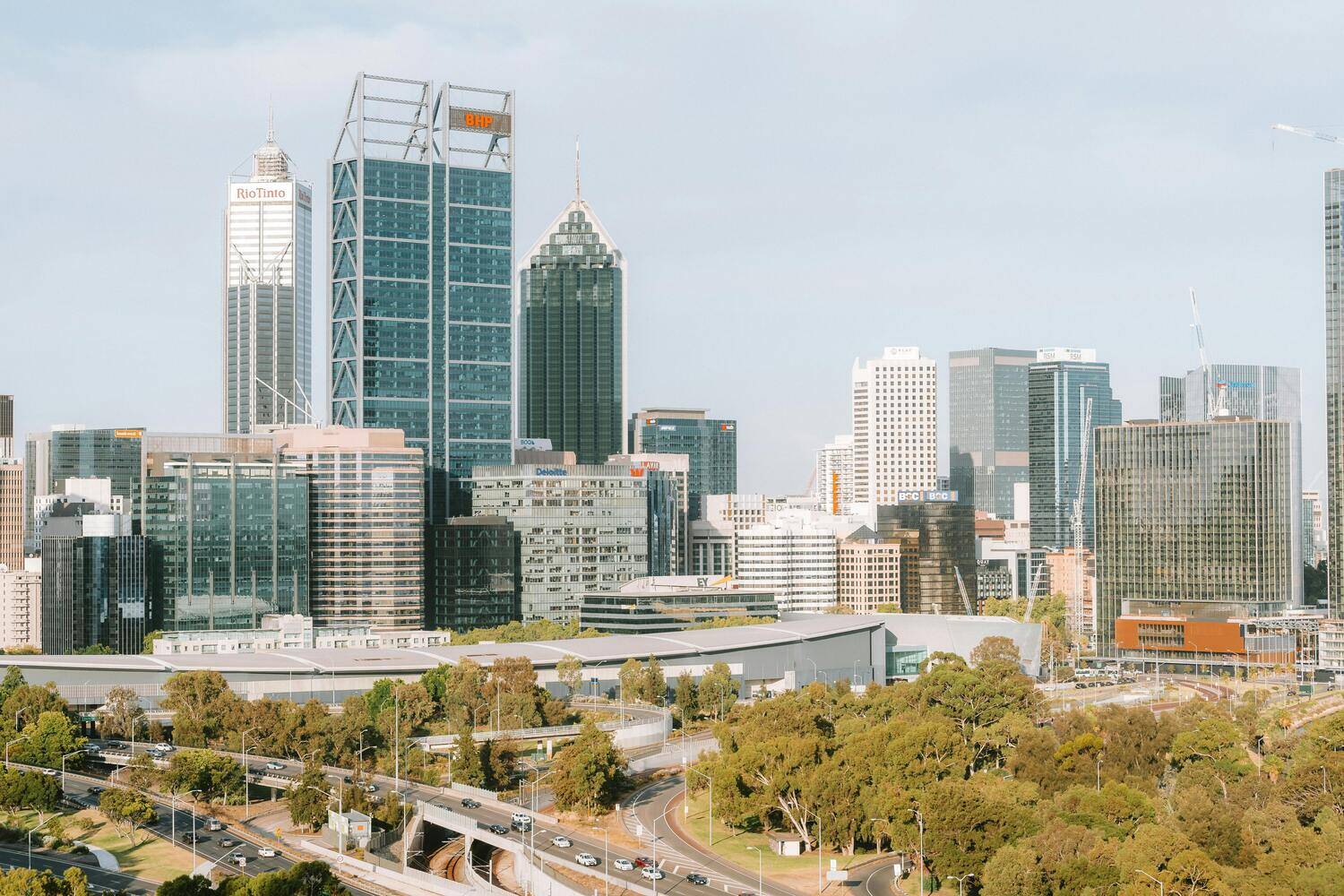
The Australian government's new Environmentally Sustainable Procurement (ESP) Policy aims to foster sustainable procurement processes and supply chains. Supported by the Green Building Council of Australia (GBCA) the policy prioritizes environmentally responsible purchasing, reducing carbon footprints, and promoting the use of sustainable materials.
The ESP Policy is structured around three main objectives:
- Environmental stewardship: Prioritize procurement of goods and services that minimize environmental impacts. This includes selecting products with lower greenhouse gas emissions, reduced resource consumption, and minimized pollution. By choosing sustainable options, the policy seeks to lessen the ecological footprint of governmental operations.
- Circular economy: Encourage reuse, recycling, and waste reduction. The policy supports the principles of a circular economy, which involves keeping materials in use for as long as possible, minimizing waste, and ensuring that products at the end of their life cycle are repurposed or recycled. This helps reduce the demand for new resources and mitigates environmental degradation.
- Economic and social benefits: Support local economies and promote social equity through sustainable practices. This involves prioritizing suppliers who follow ethical practices, provide fair labor conditions, and contribute to community development. By fostering these relationships, the policy not only boosts local economies but also ensures that social benefits are considered in procurement decisions.
To achieve these objectives, the policy outlines several implementation strategies:
- Supplier engagement: Collaborate with suppliers to enhance their sustainability practices. This involves open communication and partnership with suppliers to ensure they understand and can meet the government's sustainability requirements. Regular workshops, training sessions, and feedback mechanisms are established to support suppliers in this transition.
- Life-cycle analysis: Evaluate products based on their environmental impact throughout their life-cycle. Life-cycle analysis (LCA) helps identify the total environmental impact of a product from production to disposal. By using LCA tools, procurement officials can make informed decisions that prioritize products with lower overall environmental impacts.
- Training and resources: Provide guidance and resources to procurement officers for effective policy implementation. This includes comprehensive training programs to educate procurement officers on sustainability principles, as well as access to resources such as guidelines, templates, and best practice examples to support the adoption of sustainable procurement practices.
The success of the policy is measured against three key performance indicators:
- Reduction in greenhouse gas emissions: Monitoring the decrease in emissions from procurement activities helps ensure that the policy contributes effectively to Australia's climate goals.
- Increase in application of circular economy principles: Tracking the adoption of circular economy practices, such as recycling and reuse, demonstrates progress towards a more sustainable procurement system.
- Number of suppliers with a supplier environmental sustainability plan (SESP): Assessing the number of suppliers who have adopted and implemented a mandatory SESP indicates the policy's influence on encouraging sustainability across the supply chain.
Application and scope of ESP Policy
The ESP Policy applies to non-corporate Commonwealth entities and certain corporate Commonwealth entities. It will be phased in from July 2024, initially focusing on construction services and expanding to include furniture, fittings, equipment, ICT goods, and textiles by July 2025.
Benefits for the construction industry
The policy offers significant benefits for the construction industry, including:
- Reduced environmental impact: Lower carbon emissions and waste through sustainable material use. Sustainable procurement ensures that construction projects utilize materials and methods that minimize environmental harm, thus contributing to broader environmental goals.
- Cost savings: Long-term savings through efficient resource utilization and waste reduction. By adopting sustainable practices, the construction industry can reduce material costs and waste disposal fees, resulting in financial benefits over the lifecycle of a project.
- Enhanced reputation: Companies adopting these practices can boost their reputation as leaders in sustainability. Embracing sustainable procurement can enhance a company’s brand image, attracting clients and stakeholders who prioritize environmental responsibility.
How does One Click LCA support the Environmentally Sustainable Procurement (ESP) policy?
One Click LCA supports the implementation of the ESP policy by offering tools for life-cycle assessment and material circularity. These tools help companies track and reduce their environmental impact, ensuring compliance with regional and global regulations. One Click LCA’s software provides comprehensive data access, reporting, and benchmarking capabilities to help businesses measure and improve their sustainability performance.
Learn more
Article: Early-stage decarbonization for Australia and New Zealand
Webinar: Latest trends and insights in low-carbon construction
Carbon Experts Newsletter
Industry news & insights — straight to your inbox
Want to learn more?
Melina Zacharia • Jul 26 2024
Melina Zacharia • May 06 2025
Asha Ramachandran • Oct 02 2024
Frida Alfredson • Jan 08 2025
